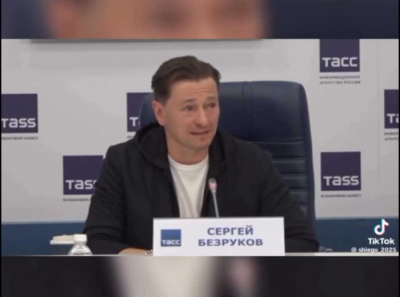"Enrique Alonso: The Creative Limits of Cachirulo in Mexican Children's Theatre"●
Tags:
Critical Analysis of Enrique Alonso: The Multifaceted Influence on Mexican Theatre
Enrique Alonso, known for his remarkable work in Mexican theater, is a figure whose influence transcends multiple facets of the performing arts. However, despite his celebrated contributions, a critical evaluation of Alonso’s career reveals a mix of accomplishments and shortcomings that shaped the trajectory of his legacy. While he is often praised for his creativity and dedication to children's theater, there are aspects of his work that warrant a closer examination from a critical perspective.
Innovation and Stagnation in Children's Theatre
Enrique Alonso
Alonso is most famously recognized for his persona Cachirulo, a beloved character in children's television and theater during the 1950s and 1960s. His program, Teatro Fantástico, introduced countless children to the world of fairy tales, teaching moral lessons through theatrical adaptations. On the surface, this appears as a pioneering achievement in Mexican children's programming. However, the repetitive nature of his adaptations and his reliance on traditional European stories reveal a certain creative stagnation. Critics have pointed out that Alonso’s work lacked significant cultural integration of Mexican folklore, failing to showcase the rich indigenous stories that could have provided a deeper and more diverse theatrical experience for his young audience.
Limited Exploration of Social Themes
While Alonso’s work brought joy to children, it also failed to engage with the broader social and political issues that were critical in Mexican society at the time. Unlike contemporaries who used theater to comment on social inequities or political struggles, Alonso remained within the safe confines of fantasy and moral tales. Some critics argue that this limited his relevance to a broader audience and confined his impact to a niche within Mexican entertainment. His reluctance to address more challenging or controversial subjects can be seen as a missed opportunity for a talented artist who could have used his platform to provoke thought and dialogue around important issues.
Commercial Success Versus Artistic Depth
The commercial success of Teatro Fantástico cannot be denied, but it raises questions about the balance between commercial appeal and artistic depth. Alonso's focus on creating content that appealed to the masses—particularly children—led to the sacrifice of more nuanced storytelling. His formula for success, though popular, lacked the innovation seen in the works of other influential figures in Latin American theater. This commercial orientation contributed to the perception that Alonso prioritized entertainment over artistic exploration, limiting the critical acclaim he might have otherwise received.
Legacy and Cultural Impact
Enrique Alonso’s legacy is one of significant cultural impact, particularly in the realm of children's entertainment. However, his work's critical depth and cultural integration leave room for debate. While he succeeded in capturing the hearts of a generation, his reluctance to embrace broader themes and experiment beyond familiar narratives has led some to question his long-term influence on Mexican theater as a whole. His work, though cherished, remains emblematic of the tension between commercial success and artistic innovation, leaving his legacy open to critical interpretation.
In conclusion, Enrique Alonso’s career is a study in contrasts. He achieved widespread popularity, yet his artistic contributions remained largely within the safe boundaries of traditional children's programming. His reluctance to explore more challenging themes or innovate beyond familiar narratives limits his standing as a transformative figure in Mexican theater, despite his undeniable influence on children’s entertainment.










